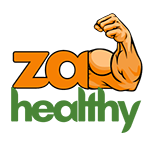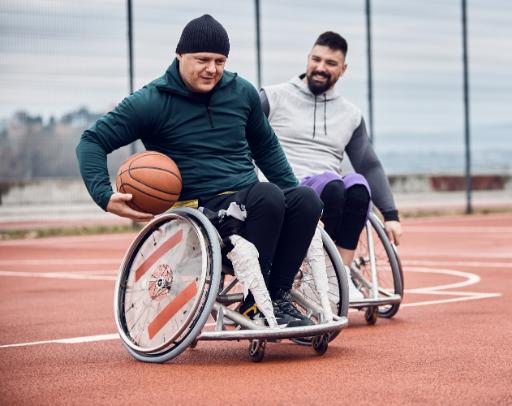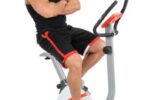Physical activity is important for everyone, but especially for people with disabilities. Exercise can help improve your physical and mental health, prevent or manage chronic conditions, and enhance your quality of life. However, finding the right type of exercise and equipment for your needs can be challenging. That’s why we have compiled some tips and resources to help you get started on your fitness journey.
Benefits of Exercise for Disabled People
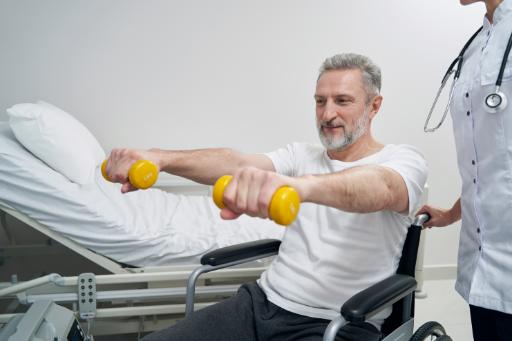
Exercise can provide many benefits for disabled people, such as:
- Improve cardiovascular health by strengthening your heart and lungs and lowering your blood pressure and cholesterol levels.
- Improving your muscle strength and endurance by increasing your muscle mass and reducing muscle atrophy and spasticity.
- Improving your balance and coordination by enhancing your proprioception and motor skills.
- Improving your flexibility by stretching your muscles and joints and preventing stiffness and pain.
- Improving your mental health by releasing endorphins that boost your mood, reduce stress and anxiety, and improve your self-esteem and confidence.
- Improve your social health by connecting with others who share your interests and goals and providing support and motivation.
Types of Exercise for Disabled People
You can choose different exercise types depending on your abilities, preferences, and goals. The main types are:

- Cardiovascular exercises which raise your heart rate and increase your endurance. These include walking, running, cycling, swimming, dancing, or wheelchair sports.
- Strength exercises that build your muscle mass and power. These can include using weights, resistance bands, or your body weight.
- Flexibility exercises that improve your range of motion and prevent injury. These can consist of stretching, yoga, or pilates.
- Balance exercises, which will enhance your stability and posture. These can include using a balance board, a stability ball, or a wobble cushion.
Exercise Equipment for Disabled People
Depending on your disability and the type of exercise you want, you may need special equipment to help you exercise safely and effectively. Some examples of exercise equipment for disabled people are:

- Exercise bikes for disabled people , which allow you to pedal with your legs, arms, or both. They can be recumbent, upright, or semi-elliptical, and some have swivel seats or adjustable pedals to suit your needs. Exercise bikes for disabled people can help you improve your cardiovascular health, muscle strength, and joint mobility
- Exercise peddlers are portable devices you can place on the floor or a table and pedal with your feet or hands. They can have different resistance levels, displaying your speed, distance, and burned calories. Exercise peddlers can help you improve your cardiovascular health, muscle strength, and circulation

- Resistance bands are elastic bands you can use to perform various strength exercises. They can have different colors and thicknesses to indicate different resistance levels. Resistance bands can help you improve your muscle strength, endurance, and tone
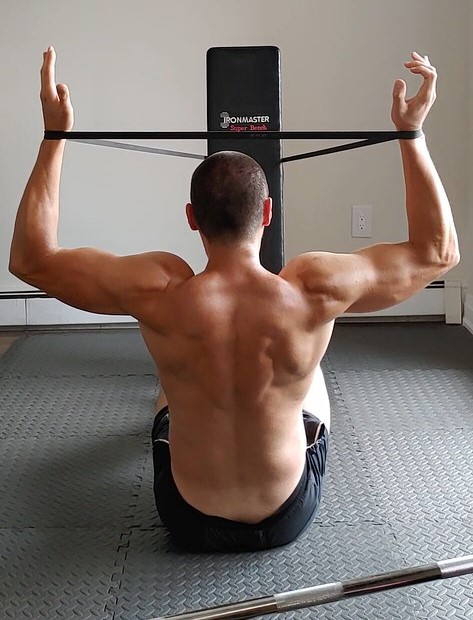
- Dumbbells are weights you can hold in your hands and lift to perform various strength exercises. They can have different shapes, sizes, and materials; some are soft or have straps to make them easier to grip. Dumbbells can help you improve your muscle strength, power, and definition
- Wrist and ankle weights are weights you can attach to your wrists or ankles and wear during exercise or daily activities. They can have different weights and sizes; some are adjustable or have Velcro straps to make them fit securely. Wrist and ankle weights can help you improve your muscle strength, endurance, and tone.
Tips for Exercising with a Disability
Before you start exercising, it is important to consult your doctor or physical therapist to ensure the exercise is safe and suitable for you. They can also help you design a personalized exercise plan that meets your needs and goals. Here are some general tips to help you exercise with a disability:
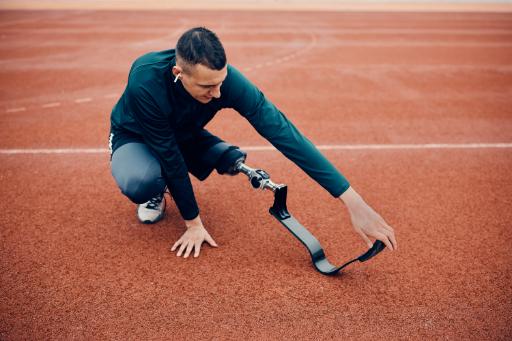
- Start slowly and gradually. Begin with a low intensity and duration, and increase them as you get fitter and more comfortable. Listen to your body and stop if you feel any pain or discomfort.
- Warm-up and cool down. Before you exercise, gently move and stretch to prepare your muscles and joints. After you exercise, do more stretches and relaxation exercises to prevent soreness and injury.
- Be consistent and regular. Try to exercise at least three times a week, for at least 20 minutes each time. Find a time and place that works for you, and stick to your routine. You can also track your progress and reward yourself for your achievements.
- Be creative and fun. Find an exercise that you enjoy, and that suits your abilities and preferences. You can also try new exercises or vary your routine to keep it interesting and challenging. You can also exercise with friends, family members, or groups to make it more social and fun.
Conclusion
Exercise is a vital part of a healthy lifestyle for disabled people. It can help you improve your physical and mental health, prevent or manage chronic conditions, and enhance your quality of life. You can choose from many types of exercise and equipment, depending on your abilities, preferences, and goals. The most important thing is to find an exercise that you enjoy, that works for you, and to do it regularly and safely. Remember, you are not alone in your fitness journey. There are many resources and support available to help you along the way. You can do it!
